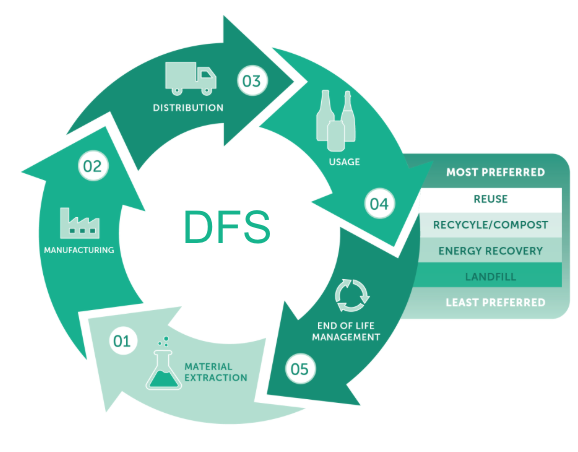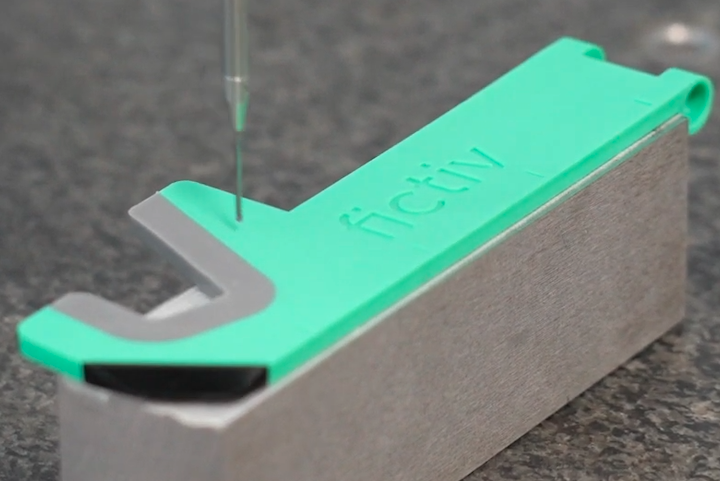Time to read: 5 min
In this Hardware Spotlight, we’re learning a lot about neurons and photons from Sam Malanowski, Product Engineer at Inscopix. Inscopix makes a miniaturized microscope system that allows for researchers to view large-scale neural circuit dynamics in freely behaving rodents.
Sam shares with us his experience working as an engineer amongst a majority group of PhD researchers, how Inscopix is aligned with President Obama’s BRAIN initiative, and how developments in the consumer tech industry are helping to advance life sciences.
Can you tell us a bit about what Inscopix does?
As a company, Inscopix is aimed at advancing the entire field of neuroscience by providing end-to-end solutions of hardware, data analysis software, and scientific support to address entirely new scientific questions. The project was originally a PhD thesis by our two founding team members, Drs. Eric Cocker and Kunal Ghosh, in the lab of Professor Mark Schnitzer at Stanford – they graduated and started the company in 2011. It started off with the goal of imaging a large number of neurons concurrently on a freely behaving animal and we’ve since developed a remarkably small imaging system that can be attached to a mouse and allow it to go about its normal behavior. In the past, this type of imaging could only be done with very large benchtop microscope systems.
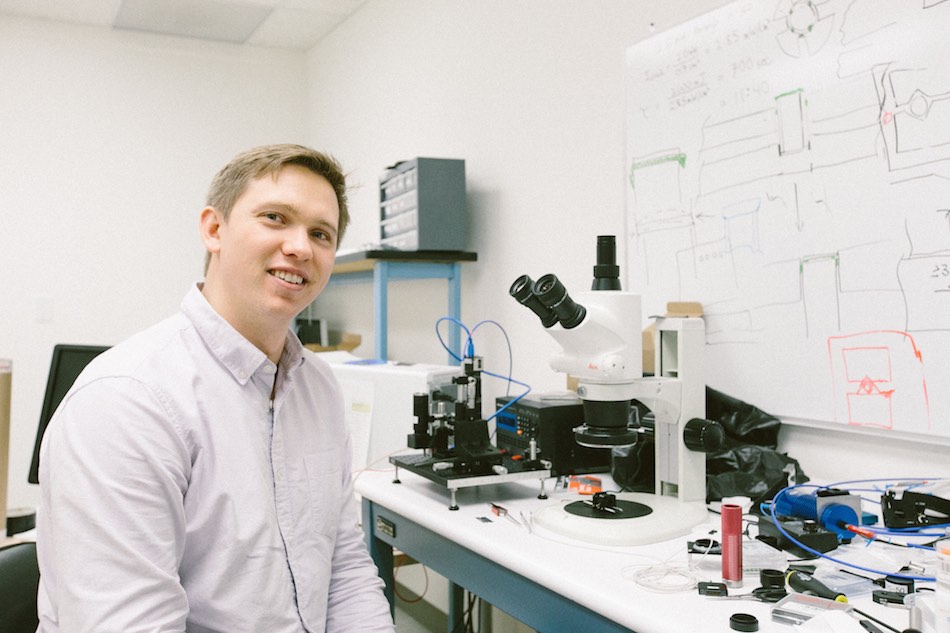
What is the significance of your microscope system as compared with the larger benchtop systems?
When the rodent is able to behave freely, scientists are able to address entirely new questions about how neural circuit activity patterns are correlated with particular behaviors. Correlating the dynamics of large populations of neurons to natural animal behaviors is a concept neuroscientists have dreamed of for years. By enabling neuroscientists to perform these types of experiments, we can get at the underlying neural circuit patterns that are associated with specific behaviors and neurological diseases.
President Obama recently announced the BRAIN initiative to help map the brain as part of the discovery of neurological disease treatments. How does Inscopix fit into this effort?
There’s still a lot to be done in mapping the brain and when it comes to neuroscience research, theres a huge unmet need for new technologies to help address those questions. We’re providing solutions that allow researchers to gather the data they need to start understanding the activity of the 100 billion neurons that comprise our brains. With the technology we have today, scientists are already making huge advances in understanding how neural circuit patterns go awry in animal models of various neurological disorders. Inscopix’s goal is to stay at the forefront of this rapidly-evolving neuroscience research tool market and continue providing solutions that enable researchers to address entirely new scientific questions.
“As a Mechanical Engineer at a startup, you quickly find out you’re not just a Mechanical Engineer anymore.”
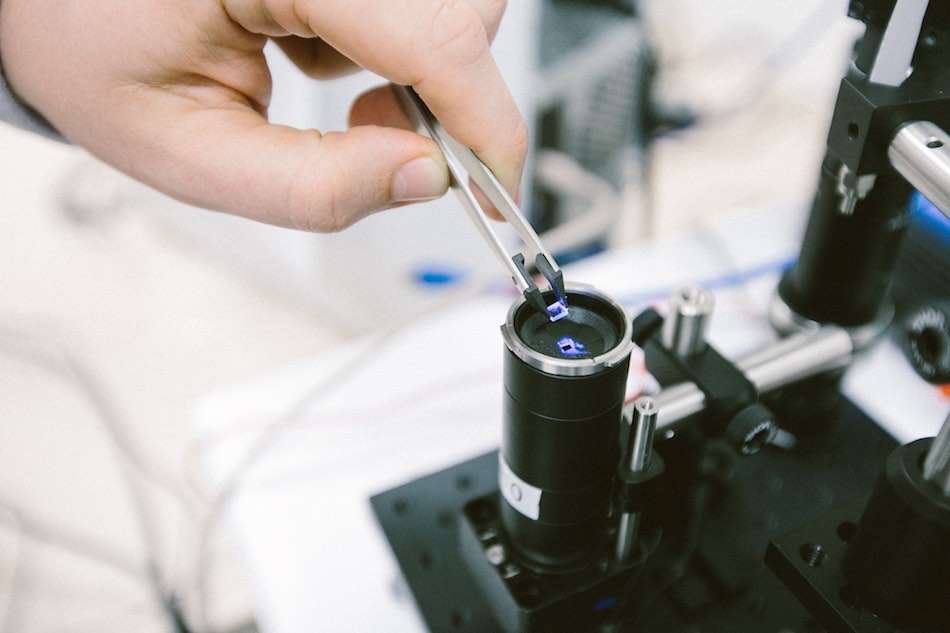
What is it like to work as an Engineer amongst a large team of PhD researchers?
This is certainly one of the most impressive groups of people I’ve ever had a chance to work with. It feels like we are as much a research lab as we are a hardware startup. It’s really a unique atmosphere and the common goal isn’t just a product but also knowledge.
What is the biggest challenge you’ve faced from the ME side of things?
As a Mechanical Engineer at a startup, you quickly realize you’re not just a Mechanical Engineer anymore. You’re doing it all. For example, last week I had to learn how to use a very expensive oscilloscope to observe high speed data signals and some weeks I do more Python programming than Solidworks.
It’s great that I get to put my hands on all sorts of different things and there’s certainly no shortage of work to be done. When we’re trying to fix issues with our build while simultaneously trying to fix problems with suppliers, add functionality for the customer, tighten up the specs, document everything, and bring on new employees… it’s a whirlwind!
“I’ve realized there’s still so much we don’t know about the brain and, consequently, there’s so much opportunity for discovery.”
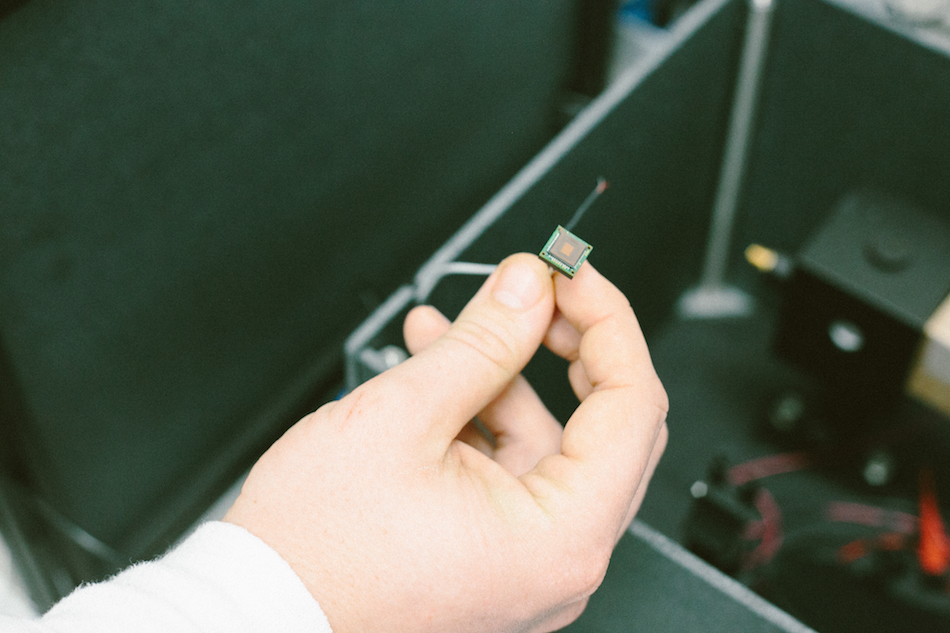
Is your manufacturing outsourced or done in-house?
We outsource the machining and electronics and then do all the final assembly in-house. It takes a lot of care to keep things clean. We’re counting on every photon we can get so we make sure to take care of all the fine detailed work ourselves. Coming from some other products I’ve worked with to here where photons and microns are what matter, it’s thinking on a different scale…literally.
“The power of a popular consumer tech product to drive down the cost of valuable components is incredible.”
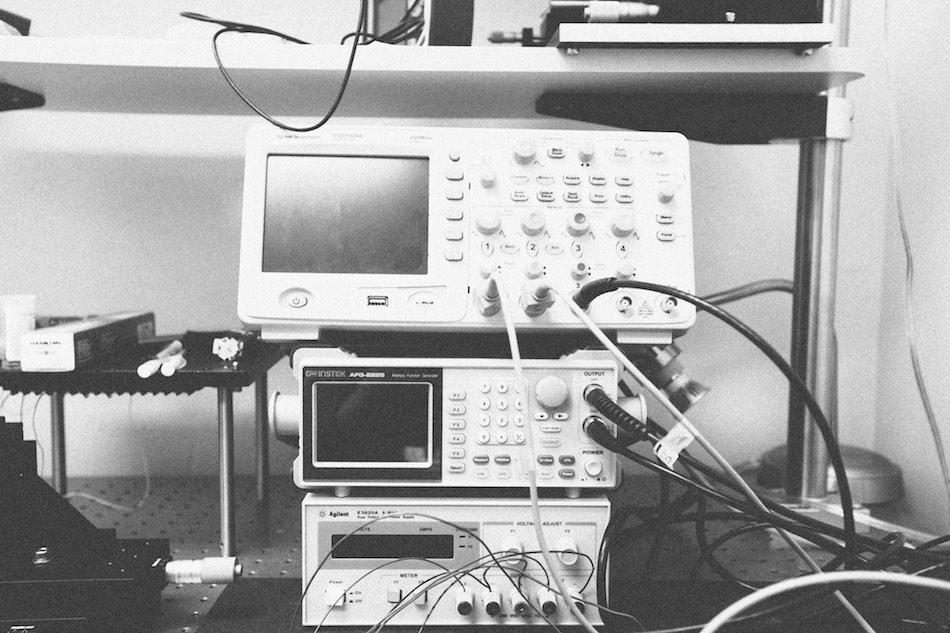
How do you go about prototyping such an intricate and fragile product?
A lot of the work I have Fictiv doing in terms of rapid prototyping is for fixturing and tooling. You guys have made tools, for example, to handle our really tiny lenses and tools to hold our microscope and other components in different ways to speed up manufacturing testing.
Since we do our manufacturing assembly on-site we need very specialized tools and fixtures to test the products at a high standard. 3D printing is really enabling that.
How many iterations have there been to arrive at the current system?
The first iteration was the byproduct of eight years of interdisciplinary research at Stanford, bridging the fields of neuroscience, applied physics, electrical engineering and mechanical engineering. After the initial technology development at Stanford, the process to arrive at the current product was all about turning a lab prototype into a polished, reliable system that neuroscientists around the world can use for their studies. Much of this work was reliant on the available components – getting LED’s and custom optics that were small enough and a camera sensor with a high enough resolution, for example. Not an easy task.
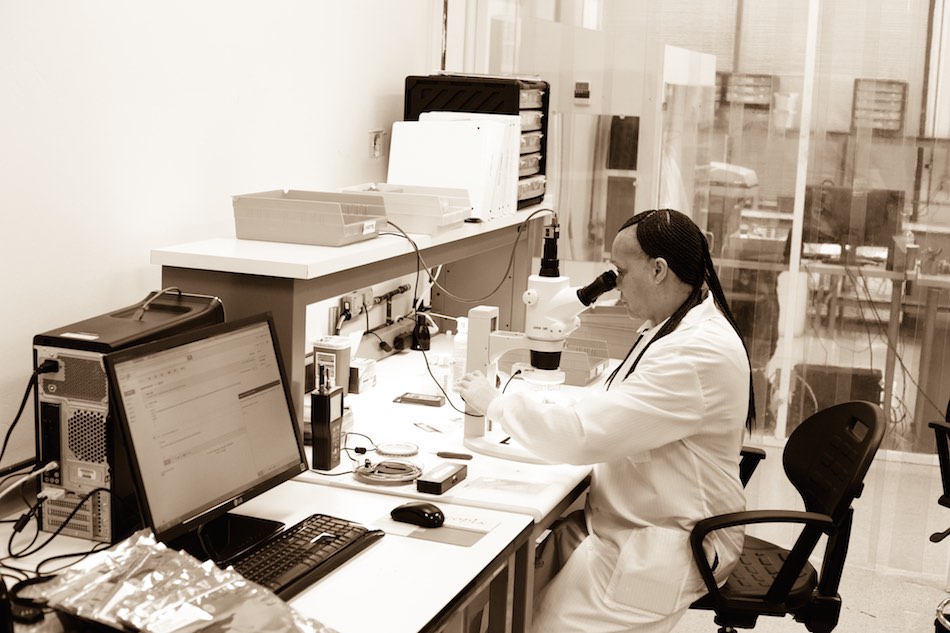
Do you think the consumer tech industry is helping to reduce the cost and size of some of those components?
Definitely. It’s getting to the point where some of the high-volume customers of these components are starting to really push the tech forward and drive the price down. Sometimes the science community pushes the consumer tech industry forward and sometimes it’s the other way around. The power of a popular consumer tech product to drive down the cost of valuable components is incredible.
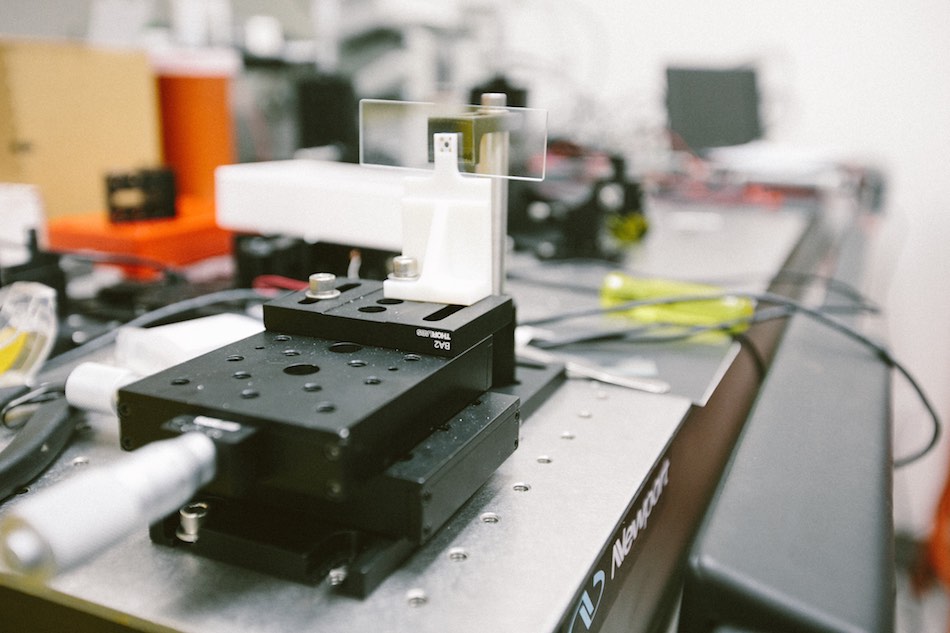
What’s the most rewarding aspect of your job?
I love that we’re in a space that isn’t really your everyday consumer product – it’s not an iPod and not everyone’s going to have one of these, but it’s going to have a huge impact. The things we and our customers are finding out about the brain is something you and I might not fully understand, but we can still feel the impact.
I’ve realized there’s still so much we don’t know about the brain and, consequently, there’s so much opportunity for discovery. Any small new feature I can make as a humble Mechanical Engineer on this project I know is really going to make an impact.









